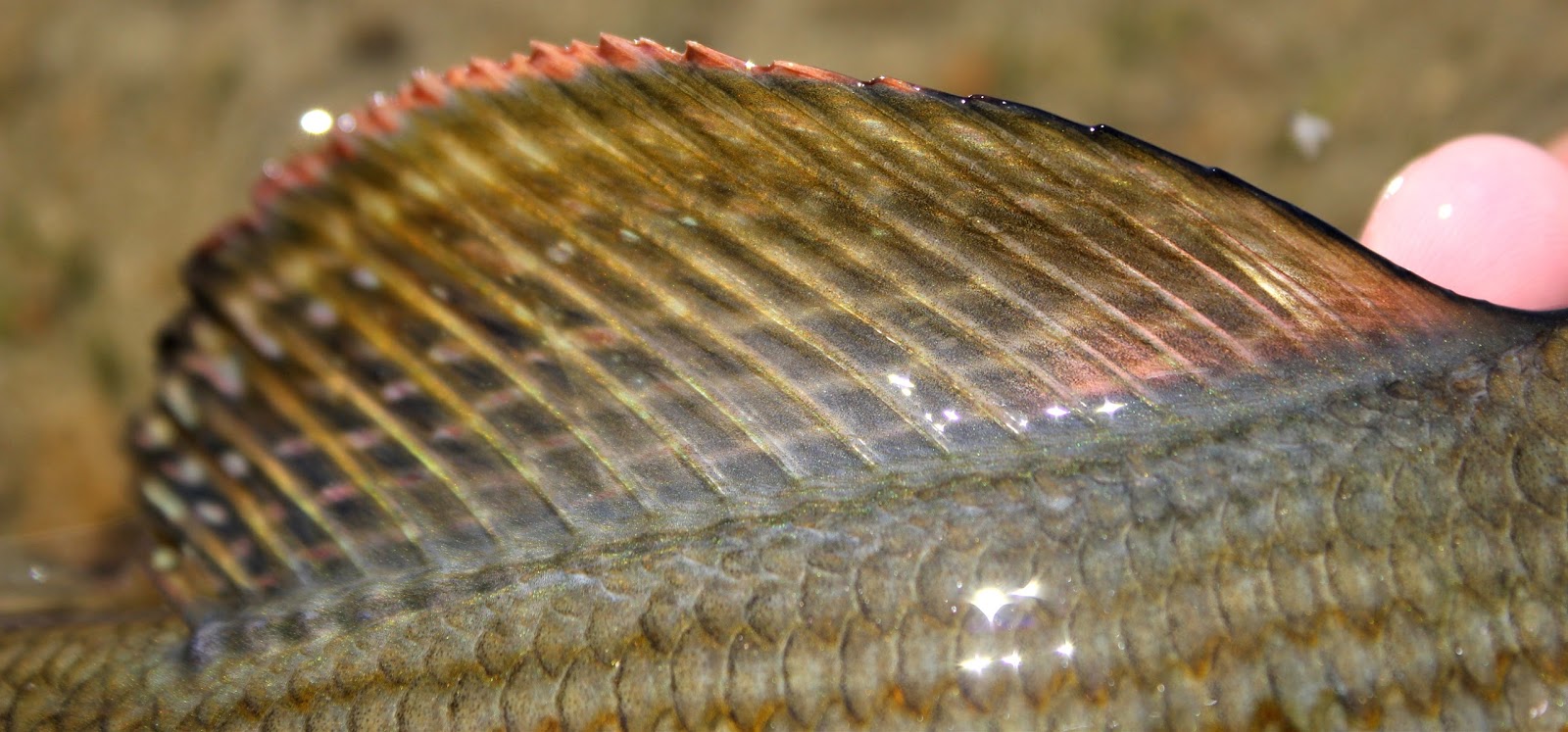I've learned that you can't make a good wader review after using those shiny new things one or two times. It takes a period of punishment and abuse to judge if a pair of waders are worth one's salt.
I've had my pair of Redington Sonic Pro waders for roughly six months and have been putting them through their paces. Long days of walking, banging through brush, and duck hunting in freezing temps. Needless to say, I haven't been babying these things. Here's the verdict so far.
Comfort/Fit: In very few words, the Sonic Pros fit nicely. Redington went with an ergonomic design with these waders and the results are quite pleasing. The Sonic Pros fit better than any waders I have used in recent memory. There is ample room to layer up if needed yet even when I only have on a thin baselayer and a t-shirt it doesn't look like I'm wearing a trash bag. Got to look good when you're fishing, right? My favorite part of the fit comes from the articulated seams, especially in the knee and seat. I have full range of movement without the binding I've experienced with other waders. I can't understate how nice this is when you are trying to scramble up/down steep banks and jump over boulders.
 |
| No Stiches |
Features: Can't complain with the list of finishing touches on the Sonic Pros. First off, the fleece lined hand warming pocket provides a much needed relief from frozen winter fingers, and the best part? The pocket zips shut. This may not sound like a big deal until you find yourself rowing a boat all day long having your oars constantly snagging in the handwarmer pocket. This used to drive me crazy. The simple addition of zippers fixes this annoying problem.
Continuing on, the Sonic Pros have ample storage for keys, wallets, cell phones, fly boxes, beef jerky, or a small dog or ferret. The external pocket is handy, large, and fully waterproof. The internal flip out pocket is water resistant. In addition, the internal pocket has plenty of places to attach hemostats, retractors, and all those other gizmos you find necessary to carry. Just don't carry one of those ridiculous fish counters. You don't want to be that guy, do you?
The gravel guard lace hooks are different from what I'm used to. I am familiar the metal tab style lace hooks that always inevitably get flattened and never work right again. At first I was leery about the plastic hooks but now I really think they're a good design. The only beef I have with them is that they are a bit of a pain to get hooked on your laces. A task exponentially more difficult with cold fingers. Once hooked however they never come off, and help keep your fly line from tangling around your boots.
The wading belt design is yet another simple but smart feature built into these waders. The addition of a couple extra belt loops on the waders keeps your belt from inadvertently falling off and getting lost (Something I've experienced more than once!). The wading belt is nice and stretchy and extra wide. Something I like.
 |
Durability/Construction: So far so good. After a few dozen hard uses these waders look almost new. I stumbled across a strand of barbed wire a few trips ago and my Sonic Pro's didn't get a single hole in them. Redington says the Sonics are constructed with a 4 layer fabric in the lower leg and seat, and a 3 layer fabric everywhere else. The thicker fabric on the seat and not just the lower leg is a nice feature as this area takes a lot of abuse. So far the sonically welded seams show no signs of wear and the interior double taped seams look as good as the day I bought them. The fabric is treated with Redington's DWR coating for added waterproofing. As of yet it seems to be working, I've managed to stay dry so far.
 |
| Love the Zippered Handwarmer Pocket |
Value: Are they worth the $300.00 price tag? In short, yes they are. At $300.00 the Sonic Pros aren't the cheapest pair of waders you will find but they sure aren't the most expensive either. For the money you get a LOT more features than what you will find in most other companies comparably priced waders. For the price, you get Redington's top of line product while with many other companies $300.00 wader, you will only get a middle of the road product. The Sonic Pros aren't made in the USA if that bothers you, but nevertheless the craftsmanship seems solid to my eyes.
 |
| Innovative Gravel Guard Hooks |
 |
















































